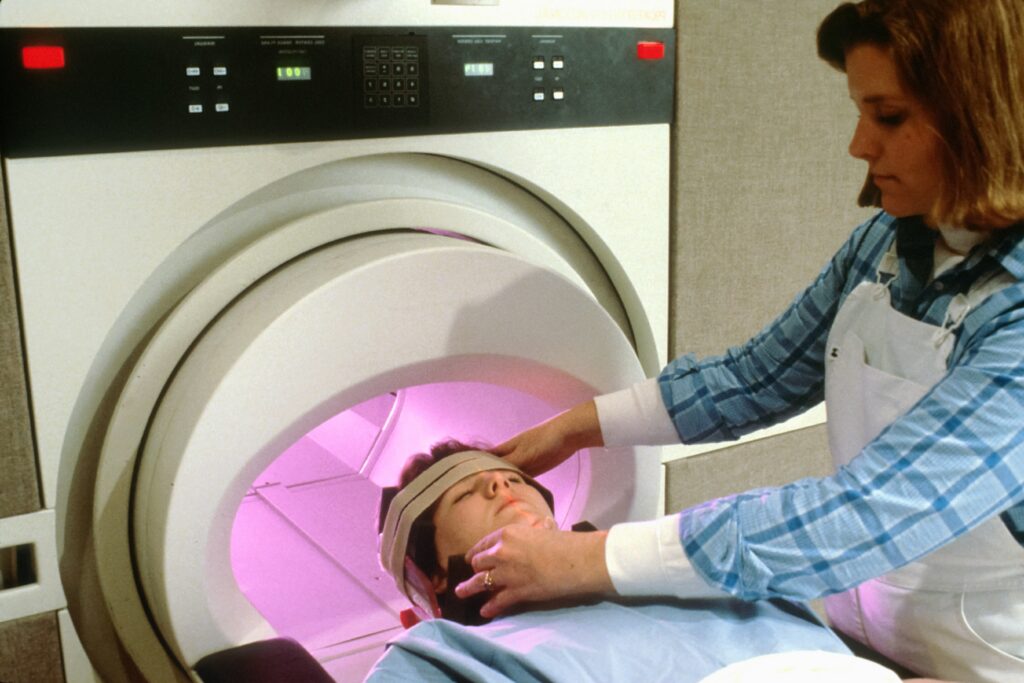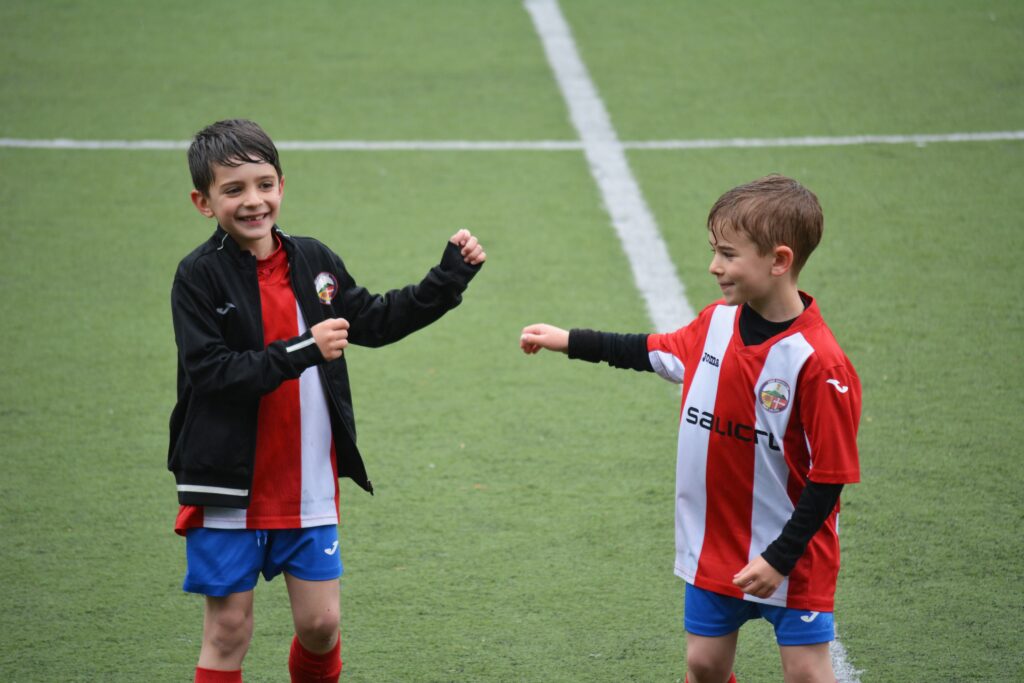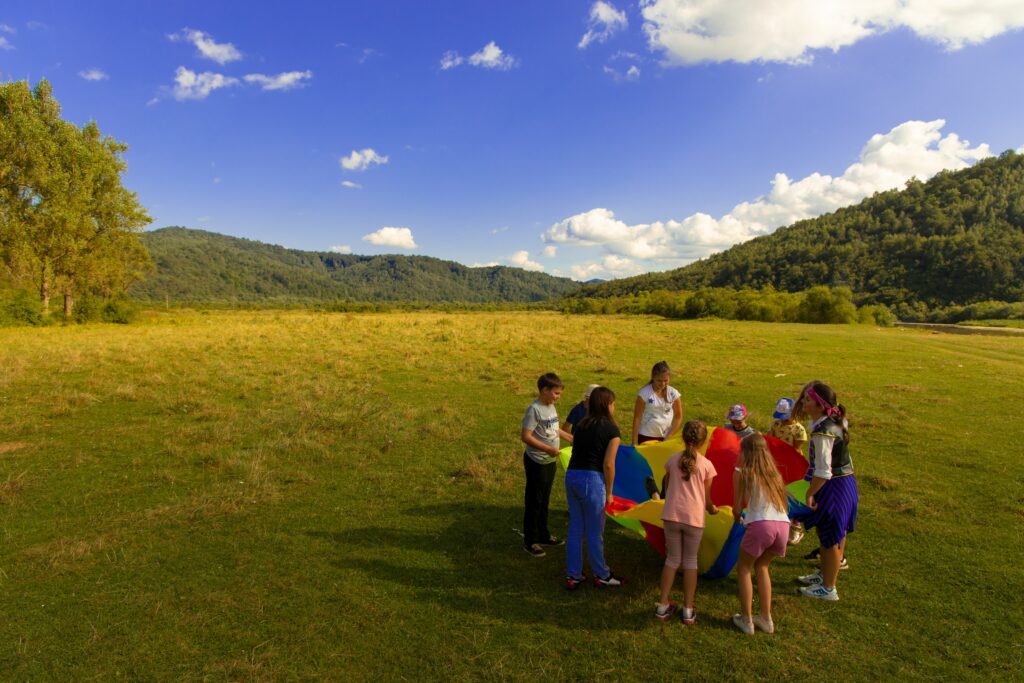Physical activity improves brain development in children

We have already written many times on Bieganie.pl that physical activity at a young age has a positive impact on the development of the brain and cognitive abilities. Subsequent scientific research confirms these reports: in physically active children aged 10–14, parts of the brain responsible for perception, emotions and learning develop better. There is also more good news: athletic children are also less likely to have mental disorders in the future.
Physical activity supports brain development
In the magazine JAMA Network Open At the beginning of October 2023, an interesting article was published examining brain development in children who were physically active compared to those who avoided this activity. Scientists asked the question whether physical activity in children is associated with morphological changes in the brain and decided to investigate what this adaptation looks like.

Research details
A group of scientists led by Fernando Estévez-López from the Faculty of Social and Behavioral Sciences at Harvard examined a group of 1,088 children (a total of 5,009 were tested, but almost 4,000 results were excluded because they did not meet the research criteria), of which 566 (52%) were girls, and 522 (48%) boys. The research took place in Rotterdam, the Netherlands. The children’s brain structure was examined first at the age of 10 and then at the age of 14 to assess the difference in the development of individual brain tissues. Data were collected from March 2013 to November 2015 (first survey) and from October 2016 to January 2020 (follow-up survey). Brain morphology was assessed using magnetic resonance imaging (MRI). Particular areas of interest were amygdala and hippocampal volumes, but global brain measures were also assessed.

“In a healthy body, healthy mind”
An appropriate level of physical activity is a major determinant of health, both physical and mental. It has long been theorized that physical activity may play a role in the development of the nervous system, especially during childhood and adolescence. Global brain volume, particularly gray matter, reaches its peak during adolescence. However, many structures, such as the hippocampus and amygdala, are still developing and remain particularly sensitive to environmental factors. These regions showed significant neurogenesis in the first years of life. In turn, the total volume of white matter continues to increase even in adulthood. Scientists assumed that the more active children were, the better their brains developed. They decided to test this hypothesis by assessing their activity and examining brain MRI.
Previous research on this topic
One previous study conducted on a group of 4,191 children showed a relationship between higher levels of physical activity and larger hippocampal volume. However, this study did not include duplicate brain measurements, precluding the possibility of examining changes after a certain period of time. In contrast, the vast majority of results from many previous studies on physical activity and the hippocampus have focused on older adults. For example, a randomized clinical trial of 120 participants showed that physical activity reversed age-related loss of hippocampal volume. Another study found no effects of exercise on hippocampal volume in overweight or obese children aged 8 to 11 years. However, this result may be due to the small sample size (109 participants).

Why the hippocampus and amygdala?
Like the hippocampus, the amygdala is particularly important for proper development due to its plasticity and susceptibility to environmental stressors in childhood. However, our understanding of factors such as plasticity is limited because the literature has traditionally focused on deleterious factors (e.g., early life trauma). In animal models, physical activity promotes neuroplasticity in the amygdala and hippocampus, which is consistent with the results of some studies in humans. Previous studies on physical activity in children have typically neglected to examine the amygdala, but given its functionality as well as results from animal studies, it is one of the key areas for research. Understanding the origins of how to improve the development of these two structures in children may also contribute to the prevention of mental problems later in life.
Activity level according to children and their caregivers
To examine the level of physical activity, reports from the primary caregiver and the child were used, in which they reported on various dimensions of physical activity (i.e., playing sports, playing outdoors, and general physical activity). Both reports by the child and the primary caregiver who reported physical activity independently were analyzed. Data from both sources were used in the analyzes to provide a more reliable assessment. Interestingly, the questionnaires for the primary caregiver were completed in most cases by the mother (this was the case in 97% of the reports).

Results
In terms of specific results, total physical activity was associated with increases in the volume of the amygdala (β = 2.6; 95% CI, 0.3-4.9) and hippocampus (β = 3.1; 95% CI, 0 ,4–5,8) over 4 years. Importantly, these changes occurred only in these specific brain regions and there was no association between physical activity and global changes in brain morphology.
Why is physical activity so important for children?
Although several brain structures are constantly developing in children and adolescents, a particularly large increase in the number of nerve cells occurs in the amygdala and hippocampus. Thus, these two subcortical areas may exhibit greater plasticity through environmental activities such as physical activity. Exercise increases the level of a substance called brain-derived neutrophic factor (BDNF), which can cause the strengthening and proliferation (ability to multiply) of neurons in the amygdala and hippocampus.

Another potential mechanism underlying the researchers’ findings is that physical activity can offer rich experiences, stimulating the development of neurons in the amygdala and hippocampus. During games and physical activities, children must constantly make decisions, focus on movement control, etc. Participating in various sports competitions and outdoor play can engage children in learning experiences, covering the interrelated functions of both mentioned brain structures. And this may also result in their better development. For example, when playing team sports children move in a dynamic environment, cooperate with teammates and make decisions about when, to whom and how to pass the ball to create an optimal situation, e.g. an opportunity to score a goal.
Athletic children learn better and cope better with emotions
This additional experience also includes emotions associated with success or failuredepending on the effectiveness of the intended action. All this develops our children! Physical activity is therefore one of the most promising and positive environmental activities for health, not only in childhood, but throughout life. Thanks to the development of specific brain structures, broadly understood sport also improves cognitive functions, such as: memory, spatial navigation and decision-making, co has a positive effect on academic performance. Scientists even propose including physical education in the form of an active break between lessons and promoting exercise during school lessons (e.g. through breaks for physical activity in the classroom), which can bring many benefits in terms of general health.

An active child is a happy and healthy child
We have known for a long time that we need an appropriate level of physical activity. Running, like other forms of activity, allows us to avoid many lifestyle diseases, improving our health and well-being. As you can see, exercise is also particularly beneficial for children, who currently have many temptations that distract them from being tired and playing outdoors or indoors. It is even more important to take care of the appropriate level of sportsmanship of our children, because an active child is a happy and healthy child, and movement comprehensively develops not only the body, but also supports mental development.
Source:
Estévez-López F, Dall’Aglio L, Rodriguez-Ayllon M, et al. Levels of Physical Activity at Age 10 Years and Brain Morphology Changes From Ages 10 to 14 Years. JAMA Netw Open. 2023;6(10):e2333157. doi:10.1001/jamanetworkopen.2023.33157
